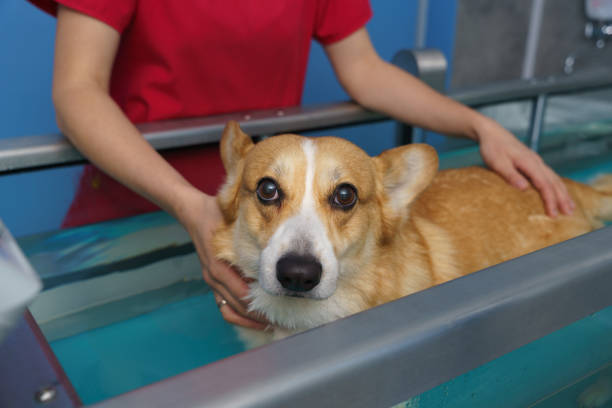Practical training techniques to strengthen owner bonds
Practical training techniques can transform daily interactions into meaningful bonding moments between owners and their pets. This article outlines approachable methods that combine behavior guidance, enrichment, and routine care to build trust and cooperation across a range of companion animals.

Every successful bond between an owner and a pet begins with consistent, predictable interaction. Training is not only about teaching commands; it’s a framework for clear communication, mutual trust, and shared routines. When owners apply straightforward, evidence-informed techniques—positive reinforcement, predictable schedules, gentle handling—they create an environment where pets understand expectations and feel secure. Consistency across grooming, nutrition, exercise, and healthcare supports behavioral progress and strengthens the emotional connection over time.
How can training improve behavior and bonding?
Training clarifies expectations for animals and reduces stress-driven misbehavior. Using positive reinforcement—rewarding desired actions with treats, praise, or play—encourages repetition of those behaviors. Short, frequent sessions (5–10 minutes) help maintain focus and make learning feel fun rather than punitive. Pair basic obedience with relationship-building activities: calm handling, name recognition, and voluntary participation in routines. Over time, pets begin to seek interaction, view the owner as a reliable leader, and display more stable behavior in new situations.
What role does grooming and healthcare play?
Regular grooming and predictable healthcare routines are forms of cooperative training that reinforce trust. Gentle brushing, nail care, and routine ear checks taught through gradual desensitization reduce fear and create positive associations. Veterinary visits can be less stressful when owners practice handling and mock exams at home, rewarding calm responses. Integrating grooming and healthcare into training supports overall wellness and signals to the animal that care is safe, which strengthens the bond between owner and pet.
How does nutrition affect wellness and energy?
Consistent, species-appropriate nutrition supports cognitive function, energy levels, and emotional stability. Measured feeding times and using a portion of daily food as training rewards create structured interactions around mealtimes. For animals with dietary sensitivities or weight concerns, consult a veterinarian to tailor meal plans. Nutritionally balanced diets reduce behavioral fluctuations linked to hunger or discomfort and help pets participate more reliably in training and social activities, fostering a stronger owner–pet relationship.
How to use enrichment and exercise for bonding?
Physical and mental enrichment channels natural behaviors and reduces boredom-related issues. Interactive toys, puzzle feeders, scent work, and structured play sessions provide stimulation while strengthening cooperative skills. Exercise tailored to species and age—regular walks for dogs, interactive play for cats, or supervised floor time for small mammals—creates predictable, enjoyable interactions. Owners who schedule enrichment together teach pets that engagement comes from the relationship, making them more attentive and responsive during formal training.
What about adoption, rescue, and socialization?
Animals from rescues or shelters may have unknown histories and require patient, consistent approaches. Early socialization—gradual exposure to people, other animals, sounds, and environments—should be paced to the individual’s comfort. Positive reinforcement and safe retreats help animals build confidence. Adoption transitions benefit from stable routines, clear boundaries, and gentle introductions to new household members. Prioritizing emotional safety and predictable interactions accelerates trust-building and reduces stress-related behaviors.
How to ensure safety, vaccination, and microchipping?
Safety practices reinforce responsible ownership and reassure pets. Keep vaccinations and veterinary checkups current, follow local guidance on preventive care, and discuss microchipping with your veterinarian as a long-term identification strategy. Training for safe handling, crate familiarity, and calmly entering/exiting vehicles reduces emergency stress. Teaching pets to accept restraint or carrier use through positive steps prepares them for medical care, travel, or evacuations while preserving the trust necessary for strong owner–pet bonds.
Conclusion A strong owner–pet bond grows from consistent communication, predictable care, and respectful training that considers each animal’s needs. Combining behavior training, grooming and healthcare routines, balanced nutrition, enrichment, and proper safety measures creates a foundation of trust. By prioritizing short, positive sessions and adapting techniques to individual animals, owners can foster cooperative, emotionally secure relationships that benefit both pet and caretaker.





